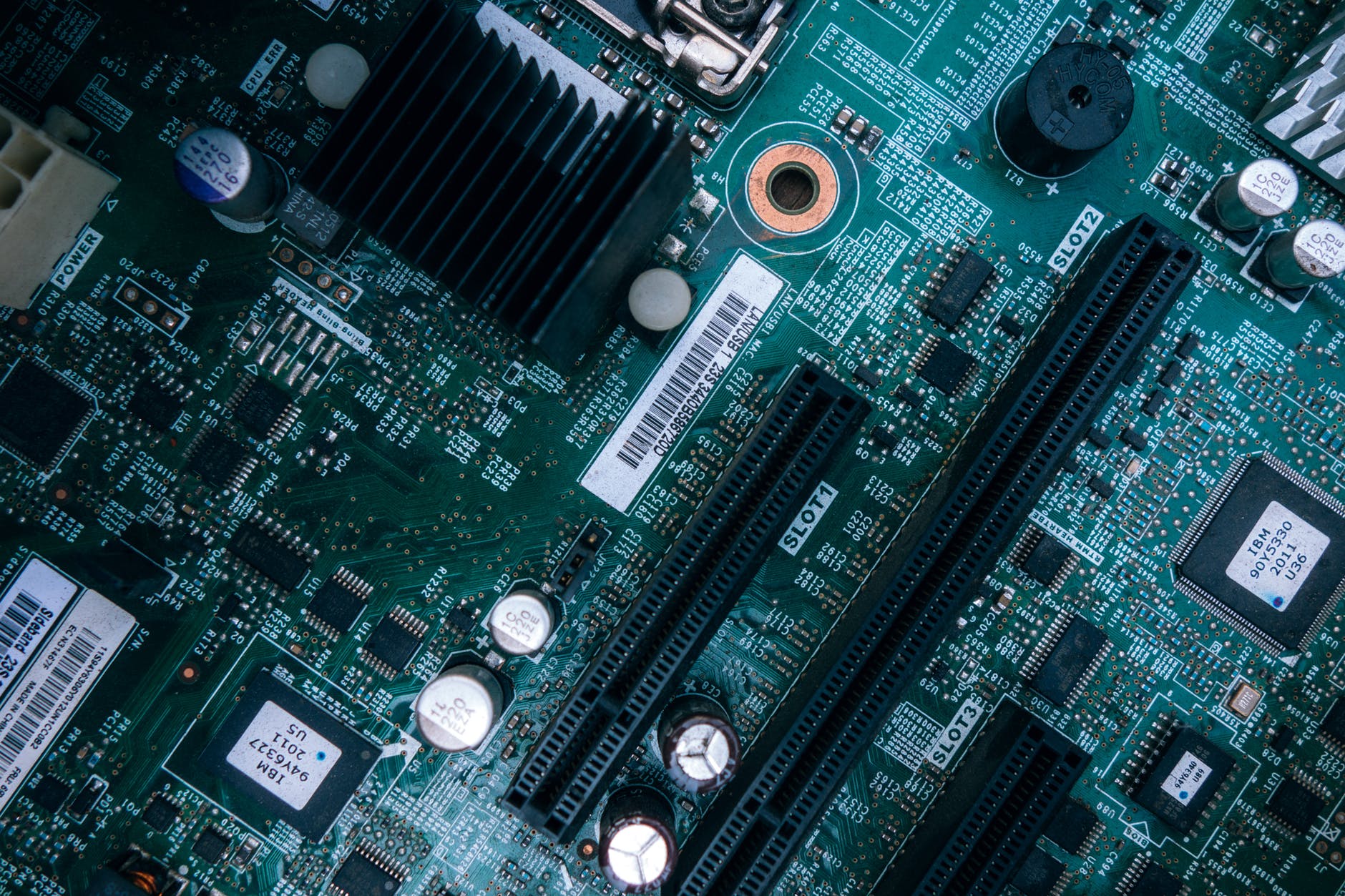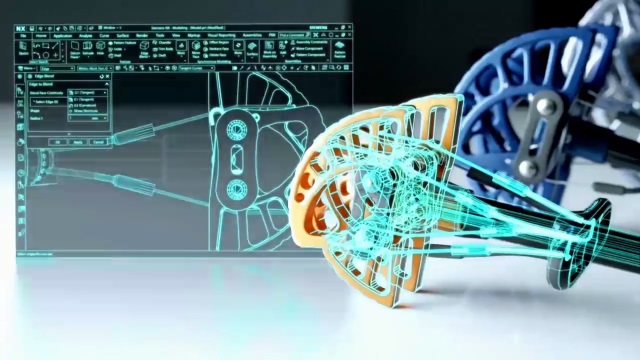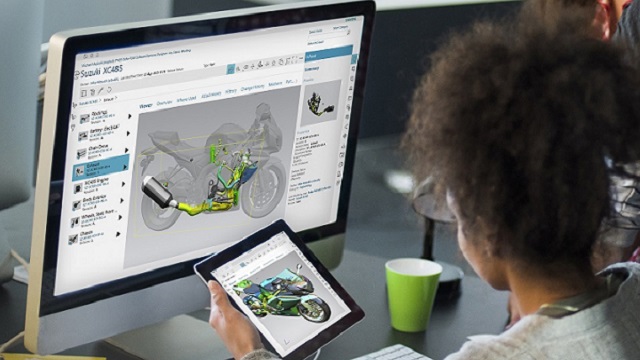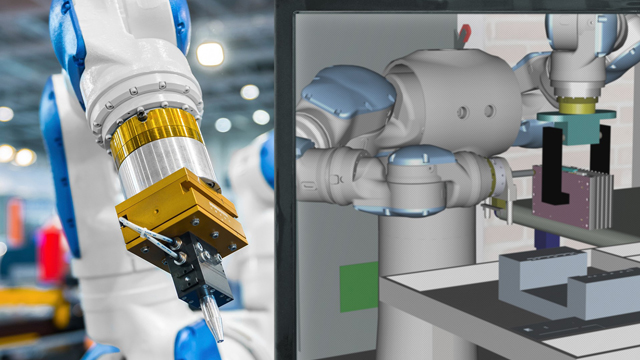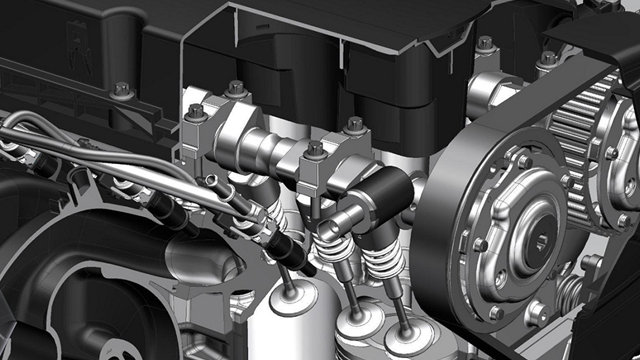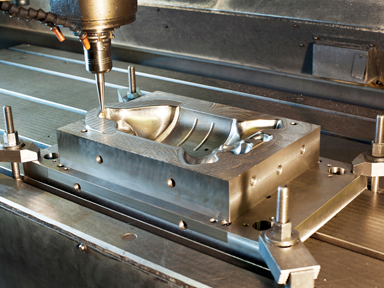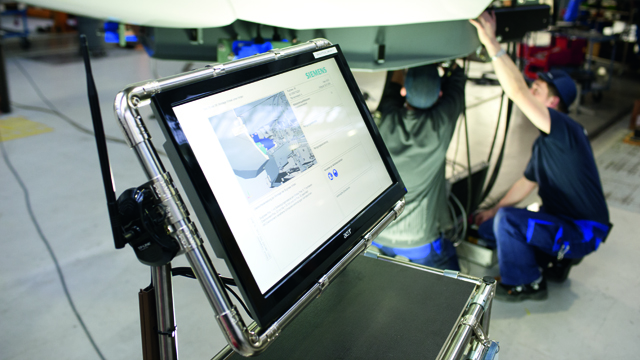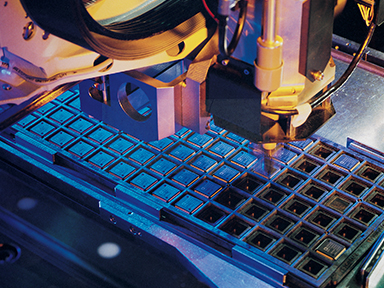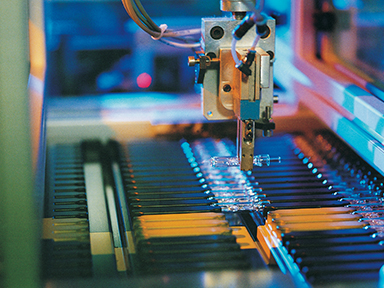-
-
航空航天及国防行业
航空航天及国防企业正在以卓越性能为目标开发前沿的平台和系统。 政府针对全新的飞机和技术正大力推进基础设施和安全系统转型。 创新是其推动力,而在整个航空航天及国防产品生命周期和价值链中实施同步的协同式项目管理则可以促进创新。
-
-
电子和半导体行业
电子和半导体企业需要基于行业典范做法的预配置软件解决方案来实现新产品开发和推广 (NPDI) 的卓越表现。 通过缩短创新和开发周期,实现整个供应链的协作,创建闭环、智能和集成的制造环境
-
工业机械和重型装备工业
重型装备与工业机械已经具备了前所未有的复杂性。 在竞争日益激烈的市场当中,各公司不但要确保不断创新,还要应对复杂性挑战。 Siemens PLM Software 能够助您打造出适当的产品,还能让产品满足需求。
-
-
-
- NX
- Polarion
- Teamcenter
- Simcenter
- Manufacturing Operations Center
- Tecnomatix
- MindSphere
- PLM Components
-
-
-
-
-
Siemens 制造运营管理 (MOM) 软件是一套完整的解决方案,用于实施有助于制造运营实现全面数字化的战略。
Manufacturing Operation Center
-
-
MindSphere
MindSphere is the cloud-based, open IoT operating system from Siemens that connects your products, plants, systems, and machines, enabling you to harness the wealth of data generated by the Internet of Things (IoT) with advanced analytics.
-
PLM Components
PLM Components are 3D software development toolkits that increase the value of CAD, CAM, CAE and related PLM applications by reducing the time, cost and risk of delivering 3D software innovation to your customers.
-
- Mechanical Design
- Electrical & Electronics
- Software Engineering
- Simulation & Test
- Manufacturing Planning
- Factory Automation
- Manufacturing Operations Center
- Performance
-
Simcenter
Siemens NX 软件是一款既灵活又功能强大的集成式解决方案,有助于您更快更高效地提供更优质的产品。 NX 提供了下一代的设计、仿真和制造解决方案,支持公司实现数字孪生的价值。
-
-
-
-
-
-
-
-
-
Model-based System Testing
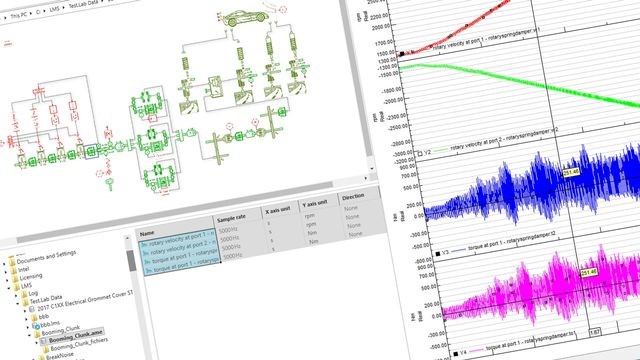 |
Model-based System Testing
为了应对主要的市场驱动因素:能源效率、安全性和性能,许多产品现在都包括控制器,这些电子元件可帮助优化产品的性能或改善其品牌特性。高级控制系统的广泛使用增加了产品开发、仿真和测试的复杂性。 Simcenter 通过集成测试和仿真工具在任何开发阶段加速系统测试,并通过基于模型的系统测试功能扩展其产品组合。此功能可尽可能提高在整个系统开发周期中使用的工具和方法的一致性,并提供一个高度敏捷的机电一体化系统工程环境。基于模型的系统测试支持在整个开发周期中使用虚拟模型、虚拟-物理组合模型以及物理原型进行属性特定的评估。 |
|
Consistent Analysis
Ensure results consistency of your simulated and physical testing analyses. Model-based system testing allows you to employ the same analysis methods, the same libraries and parameter settings, regardless the origin of the data. Our solution gives access to simulated data from early engineering phases on and lets you analyze those identically to data measured on physical prototypes. The analysis and processing methods applied simultaneously on measured and simulated channels yield unambiguous data sets. |
 |
|
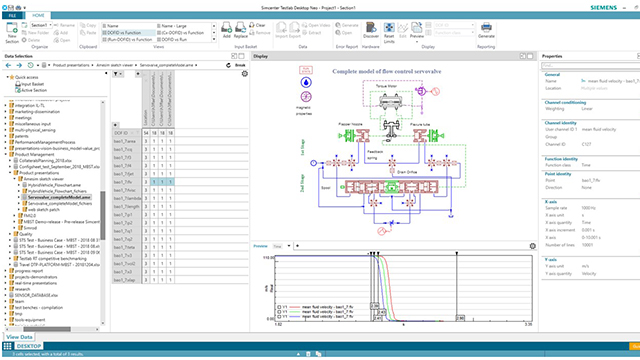 |
Immediate Correlation
Forget about file formatting, data import, time-base synchronization and unit conversion. Model-based system testing takes the burden away by running your simulation models inside Simcenter Testlab and by enabling model-driven data selection of multi-physical simulation results from Simcenter Amesim. The simulation data and simulation model exchange helps to keep all your results automatically organized and properly displayed for immediate correlation. |
|
Model-based Virtual Channels
Easily include simulation models using the FMI 2.0 standard – alike system simulation models from Simcenter Amesim – in any analysis process in Simcenter Testlab Process Designer. Use test data as FMI model input data to simulate operational conditions. The FMI model outputs become available as additional virtual channels in a test data format to augment test data for better engineering insights, for example, when direct measurements are not possible. Connect FMI model outputs to all existing analysis methods in the active process. |
|



